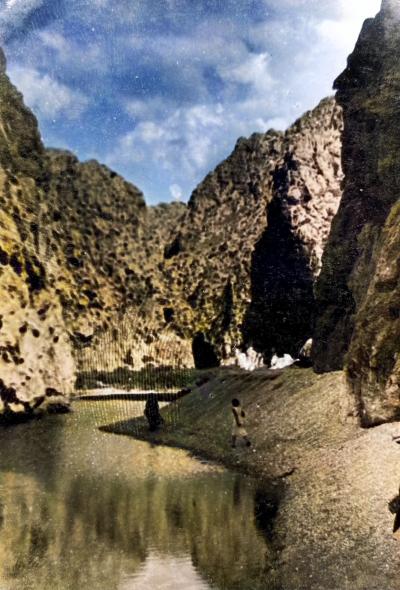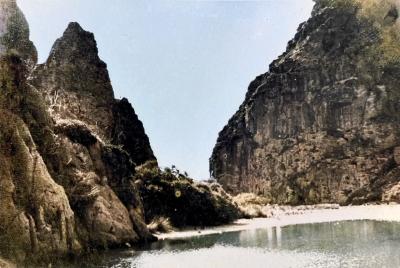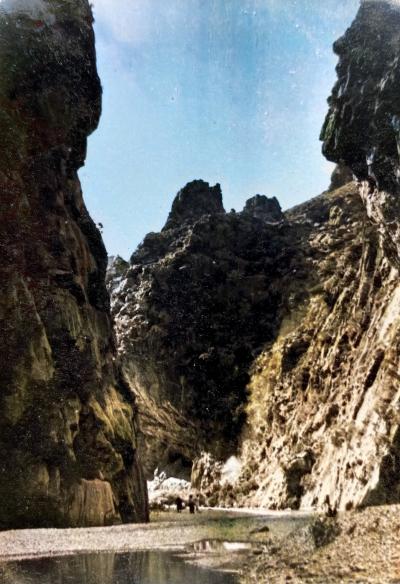How do the varying light and moisture levels within gorges affect biodiversity compared to open landscapes?
Similar Topics
gorge biodiversity
varying light levels
moisture gradients
microenvironments
shaded habitats
species richness
ecological niches
conservation hotspots
Gorges create unique microenvironments that significantly influence biodiversity, primarily due to their varying light and moisture levels. Unlike open landscapes, which tend to be exposed and subject to more uniform sunlight and weather conditions, gorges often have steep walls that cast shadows and reduce direct sunlight penetration. This variation in light fosters a diverse range of plant species adapted to different levels of shade and sunlight within a relatively small area. In the deepest parts of a gorge, moisture often accumulates because shade reduces evaporation, creating cool, damp conditions ideal for moisture-loving plants like ferns, mosses, and certain flowering species that might struggle to survive in the drier, sun-exposed open landscapes.
The moisture retained in gorges also benefits a variety of animal species that rely on these cooler, wetter habitats for shelter and food. Amphibians, reptiles, and many insects thrive in such environments where humidity is higher and temperatures are moderated. These conditions contrast with the often harsher and more variable climates of open areas, where species must be tougher and more drought-resistant. The distinct combination of light and moisture gradients in gorges contributes to higher species richness and endemism, offering refuges for plants and animals that cannot compete in open spaces.
Furthermore, the physical structure of gorges promotes ecological niches by creating multiple habitats within close proximity. From sunlit rocky outcrops to shaded forest floors and moist, sheltered pools, the interplay of light and moisture supports a mosaic of life forms. This diversity is less common in open landscapes, where environmental conditions are more homogenous and often less forgiving. As a result, gorges tend to be hotspots of biological diversity, harboring specialized species and complex ecological interactions not typically found in the surrounding open terrain. This makes gorges invaluable for conservation and ecological study, as well as fascinating destinations for nature enthusiasts.
The moisture retained in gorges also benefits a variety of animal species that rely on these cooler, wetter habitats for shelter and food. Amphibians, reptiles, and many insects thrive in such environments where humidity is higher and temperatures are moderated. These conditions contrast with the often harsher and more variable climates of open areas, where species must be tougher and more drought-resistant. The distinct combination of light and moisture gradients in gorges contributes to higher species richness and endemism, offering refuges for plants and animals that cannot compete in open spaces.
Furthermore, the physical structure of gorges promotes ecological niches by creating multiple habitats within close proximity. From sunlit rocky outcrops to shaded forest floors and moist, sheltered pools, the interplay of light and moisture supports a mosaic of life forms. This diversity is less common in open landscapes, where environmental conditions are more homogenous and often less forgiving. As a result, gorges tend to be hotspots of biological diversity, harboring specialized species and complex ecological interactions not typically found in the surrounding open terrain. This makes gorges invaluable for conservation and ecological study, as well as fascinating destinations for nature enthusiasts.
🧩 Related Questions
Related Question
How does Mallorca manage its underground water resources sustainably?
Related Question
How does the Museu Monogràfic de Pollentia complement a visit to the archaeological site?
Related Question
How did increased access to education for women in Mallorca after the 1950s influence their decisions about starting a family?


